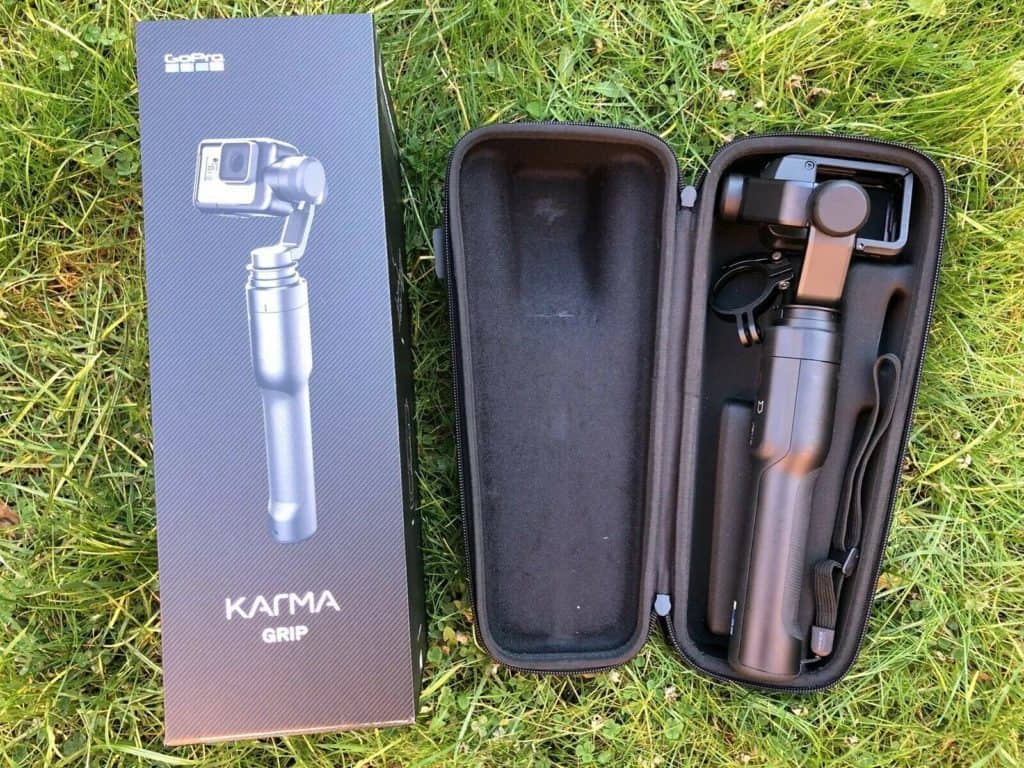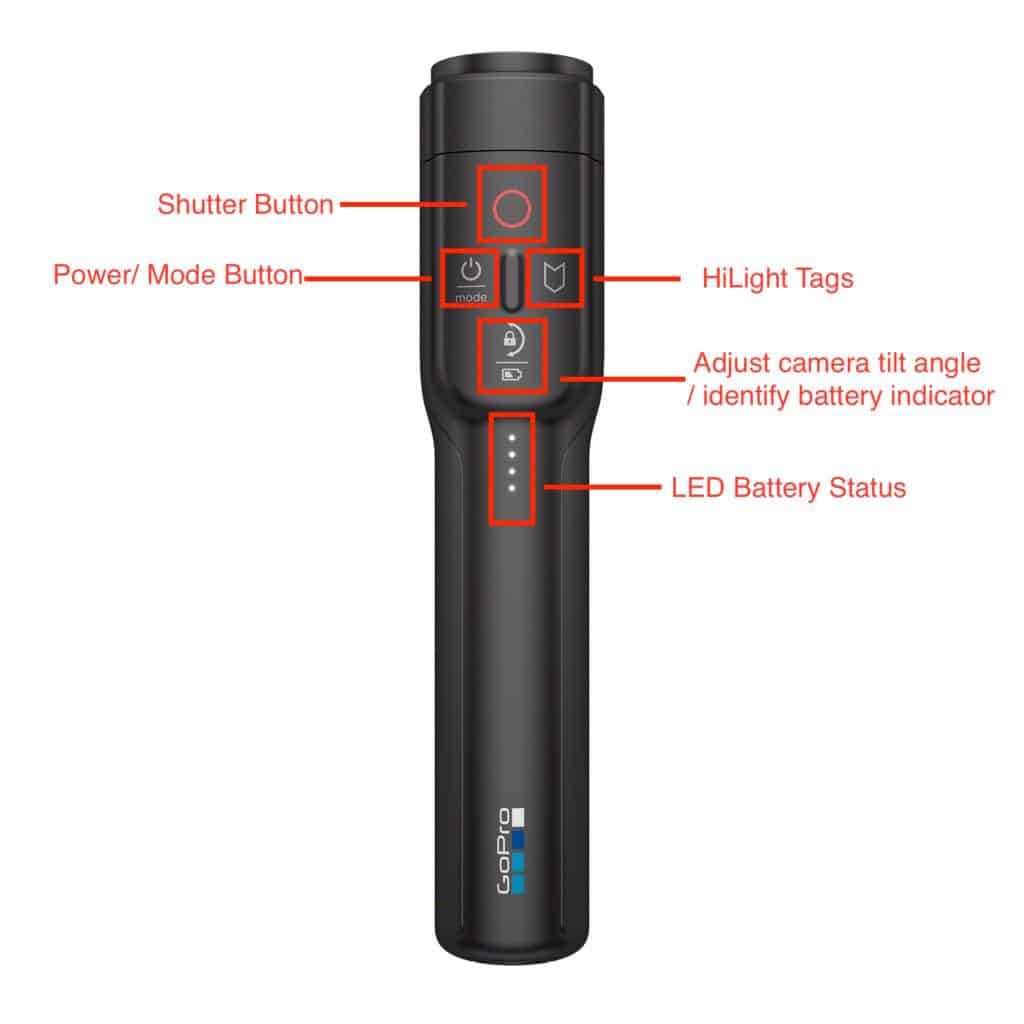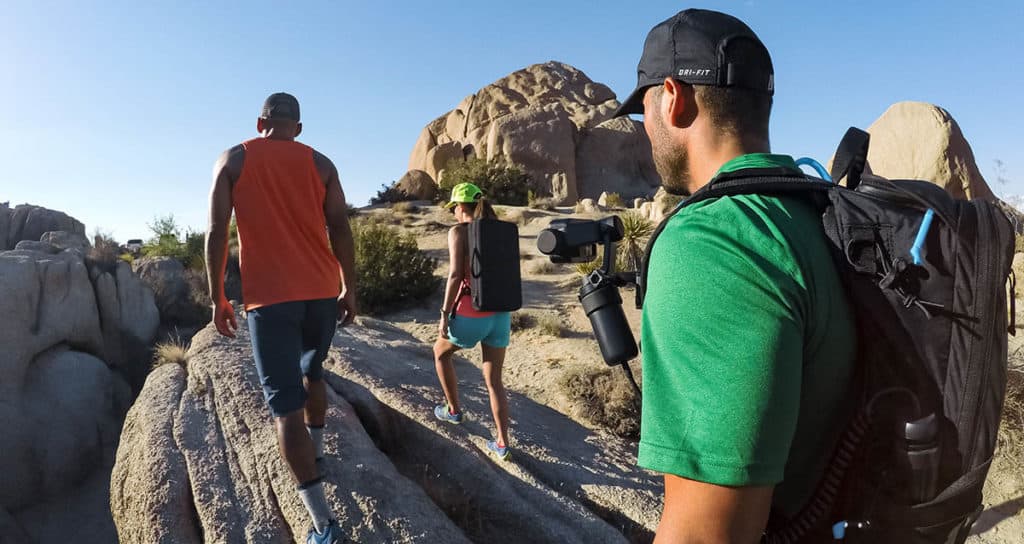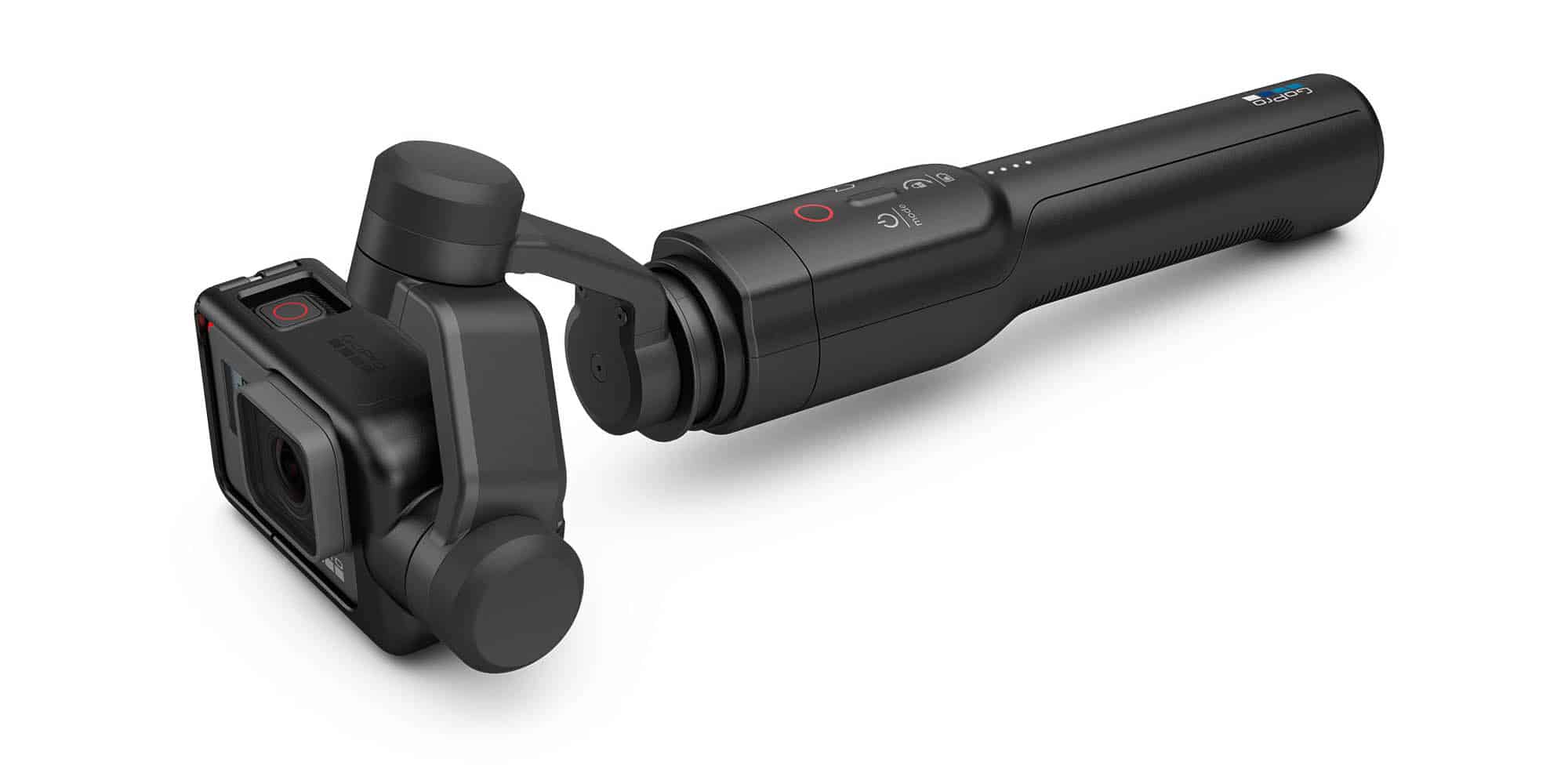GoPro attempted to establish a presence in the camera drone market with the GoPro Karma drone. Unfortunately for them, however, this venture was a bit of a failure and it was eventually discontinued in 2018. However, the gimbal used on the drone lives on, now bundled with a hand grip that leaves us with the gimbal we’ll be reviewing today—The GoPro Karma Grip.
The GoPro Karma Grip has been on the market for a few years now and has long been regarded as one of the best gimbals for the GoPro. Yet it’s still priced considerably higher than many newer third party GoPro gimbals which also do a fantastic job of smoothing out footage. So in this review I’ll definitely be looking at it with a fresh pair of eyes in the context of GoPro gimbals in 2019.
First Impressions

The Karma Grip comes with a nice semi-hard carry case that contains the gimbal stabilizer attached to the hand grip, a mounting ring, the GoPro harness and lastly a USB-C charging cable.
As you might expect from a gimbal that is made by GoPro themselves, attaching the GoPro to the stabilizer is a breeze. The included HERO harness means you simply have to unlock it, slot your GoPro in and then lock it again.
Compared to all the third party GoPro/action camera gimbals I’ve used, the Karma Grip is big. It’s bigger in size and weight, weighing around 580g with the GoPro attached. Some people have complained it’s too bulky and heavy, but personally I liked being able to feel the weight in my hands. The rubberized grip itself is the most ergonomic grip on a gimbal I’ve ever tested, and those with larger hands will definitely appreciate its thickness.
Compatibility
The Karma Grip is currently compatible with the HERO5 Black, HERO6 Black and HERO7 Black out of the box. It is also compatible with the HERO4 Black/Silver if you purchase a HERO4 harness.
It is not compatible with non-GoPro action cameras, which might be an issue if you’re considering going for a non-GoPro action camera in the future. Third party gimbals offer compatibility with a much greater range of action cameras, but that has its own downsides.
Controlling The Karma Grip

The Karma Grip is a very simple piece of equipment. GoPro have deliberately kept features to a bare minimum so you can pick it up and start recording straight away.
There are 4 buttons: a power/mode button, shutter button, tilt lock button and highlight button. Pressing the highlight button will mark a point in your recording so that it is easy to find in the future. The other buttons are fairly self-explanatory.
One notable absence is a joystick to electronically control the pan and tilt. Many gimbals feature this, but the Karma Grip does not. Personally, I very rarely find myself using joysticks on other gimbals, since using your hand is smoother and more fun. But there are definitely cases where having a joystick would be useful.
For those who love selfies, there’s also no ability to flip the GoPro backwards on the grip. So, if you want to record your own face you’ll have to hold the Grip the wrong way round.
Shooting Modes
The Karma Grip features just two shooting modes.
In following mode the Karma stabilizer will follow movements in the pan (left to right) and tilt (up and down) axes, albeit with footage being captured smoothly.
In pan follow mode the Karma locks the tilt axis, meaning the horizon is kept level. You can set the horizon beforehand using the tilt lock button.
There is no locked mode that many other gimbals feature. A locked mode will keep the GoPro’s orientation fixed, meaning the camera essentially stays fixed on the same spot. The lack of a locked mode is somewhat disappointing, but not a dealbreaker.
Stabilization Performance
There’s no question that the stabilization performance is one of the Karma Grip’s greatest strengths. Despite being an older GoPro gimbal, numerous firmware updates over the years has given it the superb stabilization it has today.
In comparison with the cheaper and very popular Feiyu Tech G6, I found the Karma Grip to suffer from less micro jitter when zooming in on footage. The Karma Grip’s superiority became even more noticeable when recording faster paced action.
Audio was, however, a slight issue. The Karma Grip has noisy motors, similar to those in the Removu S1 which I previously complained about having audible motor sounds.
Karma Grip As A Wearable Gimbal
Interestingly, the Karma Grip markets itself as a wearable gimbal, meaning you can have it attached to a chest mount, shoulder strap or say, a bike’s handlebars. However, in practice I found it to be a less than ideal wearable gimbal setup.
The problem is the grip itself contains the battery for the gimbal. So while you can separate the gimbal from its grip, it won’t work. Therefore, if you want to mount it anywhere, you have to mount the entire Karma Grip!
True wearable gimbals like the Feiyu WG2X are much more compact and don’t house their battery in a grip. They are far better suited to mounting on your body or elsewhere.
GoPro do realize this as a problem and suggest using the GoPro Karma Grip Extension Cable which means you don’t have to keep the long and bulky grip attached to the gimbal stabilizer. This, however, makes body mounting setups incredibly expensive.

Battery Performance
Battery performance is easily the number one issue raised by people when it comes to the Karma Grip. Unlike newer and cheaper gimbals which can last for over 10 hours, the Karma Grip will only last around 2 hours when shooting at 4K.
One of the reasons for its poor battery life is that the GoPro Karma Grip will always be charging your GoPro when it’s attached. So it’s not only powering the gimbal motors, but charging your GoPro battery which consumes a lot of power when recording at 4K.
Furthermore, charging it with a standard charger takes 6 hours. You can buy the expensive GoPro Supercharger to cut that down to a much more reasonable 2 hours. But your best bet is probably just to buy a 3V, 5A fast charger which will be just as fast and much cheaper.
In any case, battery life is definitely an issue with the Karma Grip. A lot of users don’t see it as a big issue and to be quite honest 2 hours is enough in most cases. You can always buy a powerbank if you are a heavy user. However, compared to the battery life of other GoPro gimbals out there, it is definitely disappointing.
Verdict and Rating
The GoPro Karma Grip is still one of the best GoPro gimbals around. From a pure image stabilization standpoint, the numerous firmware updates have made it the best on the market. It also feels great, and quite possibly the best I’ve ever used, when filming. It’s ergonomics are on point and native integration with the GoPro make for a seamless user experience.
However, it costs a lot. Its battery life is significantly shorter than its competition. Although it technically can act as a wearable gimbal, using it as a wearable gimbal is a cumbersome process. As a result, it’s not perfect.
Pros
- Excellent Stabilization Performance
- Part of the GoPro Ecosystem
- Fantastic ergonomics
Cons
- Price
- Battery Life
Rating: 4/5
The GoPro Karma Grip is currently one of our favourite GoPro Gimbals.
- Capture amazingly smooth shake free video
- Compatible with GoPro body mounts
- Includes karma harness for Hero6 black/Hero5 black/Hero7 black
- Karma harness for Hero4 black and silver cameras sold separately

